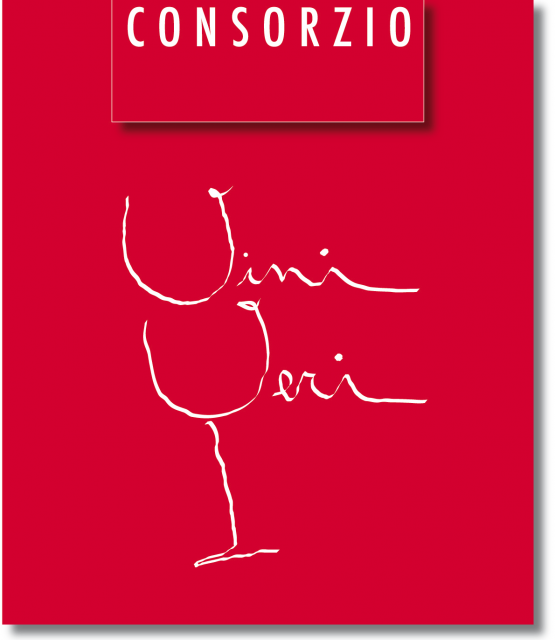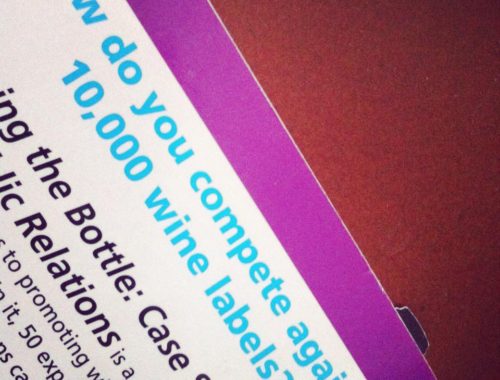The game of “natural” wine is played on 2 axes both in terms of communication and production; dualisms that generate confusion and feed on each other.
With respect to communication, I already wrote of a common fossilization on totally in favor of or totally contrary positions about this recent phenomenon which would, instead, deserve to be better analyzed in order not to risk atrophic deployments. These extreme positions could even be the result of a further dualism widespread on the production level. I refer to the cohabitation of “fake” natural producers who exploit the euphoria of the moment thanks to “easy” (and geographically variable) certifications, offering more technical than natural products; on the other side: producers that are genuinely natural but with wines marked by obvious faults. Yet, there are the supporters who consider “conventional” wines artifact, and the detractors who accuse natural producers of reversing progress.
In short, a phenomenon that does not even have a legal definition has opened a serious internal conflict triggering further confusion in consumers themselves who were often tied to a utopian wine iconography made of hills, harvest festivals and magical transformation into barrels, ignoring the list of treatments and chemicals allowed for wine-making (not all and not necessarily used by the so-called “conventional” producers, by the way).
Hence, I interviewed Giampiero Bea, Umbrian wine producer, a solid reference in the sector as well as president of the Consorzio Vini Veri. In my opinion, even before his well-known competence, consciousness and awareness are the forces that push Bea, which allow us to hope for a constructive work that could even drag his own region in the search for its identity.
- What is the current status of the “natural wine” phenomenon in Italy? And in Umbria?
“We are in the phase of euphoria, it will follow a settlement as usual” says. It reminds me immediately that twenty years ago we did not even know the meaning of natural wine, today we are able to distinguish between organic, biodynamic, natural etc. up to an important achievement of Vini Veri: it is possible to indicate the exact quantity of sulphites and statement about the absence of other substances allowed for oenological use. Despite these small-great results, he underlines the confusion mentioned above and that brings Vini Veri to an accurate annual selection of the producers admission to the Consorzio (less than 10% of the requests).
A framework that is valid both at national and regional level, according to him, and the answer is the continuous research (from the analysis of copper to increasingly sophisticated weather control systems and so on).
- And what about the communication?
In this engaging phase there is a risk of damaging situations, he admits. He points out to me that many want to take part of these trend and this could dirty the image of the most authentic producers. So, even if the data are encouraging there is still need to work hard and, who knows, maybe in terms of training and education now that there is a better awareness.
And when I provoked him asking: “And what if Umbria, a region in search for a more powerful identity in the sector, restarted from natural wine?” he replies that the success of the preview of the national event of Vini Veri, (held for the second edition last January, in Assisi) can seriously be food for thought. He closes with a quote “The 21st century will be for farmers … or it will not be”.











